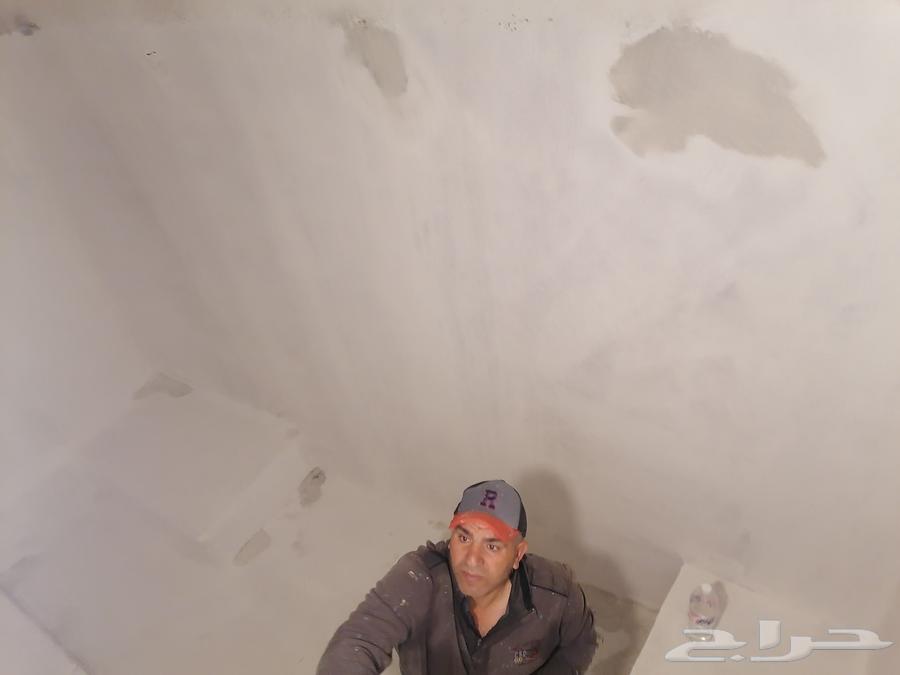






 10
10Skip to content Water Tank Insulation and Cleaning: The Importance of This Step for Protecting Health and Water Quality Introduction Water tanks are an essential part of infrastructure in homes, residential and commercial buildings, especially in areas suffering from frequent water interruptions or weak water pressure. Over time, these tanks may accumulate dust, algae, and contaminants, necessitating periodic cleaning and insulation procedures to ensure water safety and user health. First: Water Tank Cleaning The Importance of Tank Cleaning Removing accumulated sediments and impurities. Preventing the growth of bacteria and algae. Maintaining the taste and quality of water. Reducing the likelihood of waterborne diseases. Steps for Cleaning a Tank Completely empty the tank of water. Manually remove sediments using soft, non-abrasive cleaning tools. Wash the inner walls with clean water, possibly using approved special detergents. Disinfect the tank using sterilizing agents (such as diluted chlorine at a safe ratio). Rinse the tank thoroughly with clean water to remove traces of disinfectants. Refill the tank and ensure there are no leaks or impurities. Recommended Cleaning Frequency It is recommended to clean water tanks at least once every six months, or more frequently if changes in water taste or color are noticed. Second: Water Tank Insulation What Is Tank Insulation? Insulation involves applying a waterproof layer or material inside (and sometimes outside) the tank to protect water from contamination and maintain its temperature. Types of Insulation Waterproof Insulation: To protect the tank from water leakage outward or groundwater seepage inward. Thermal Insulation: To maintain water temperature, especially in hot climates, and prevent excessive evaporation. Benefits of Insulation Preventing water leakage and preserving the tank's structural integrity. Protection against external contamination. Reducing long-term maintenance costs. Improving water consumption efficiency. Best Insulation Materials Used Epoxy: A common material for tank insulation, known for its durability and high resistance. Polyurethane: A lightweight and thermally effective material. Bitumen: Used for external insulation, particularly in underground tanks. Conclusion Cleaning and insulating water tanks is not a luxury but a necessity for maintaining human health and the quality of water used in daily life. Therefore, it is important to work with specialized companies that use safe and certified materials, ensuring regular tank maintenance to prevent health and bacterial risks. If you wish, I can also help you write a marketing version of this article or format it appropriately for a blog or website. Would you like that? Attachment Search Learn No file selectedNo file selected ChatGPT may make some errors. Therefore, information should be verified.
